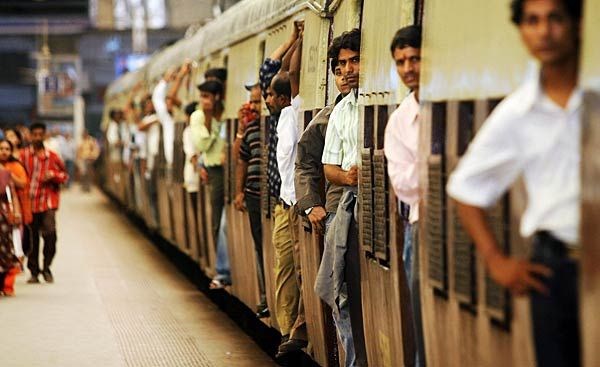
07-Aug-2025 , Updated on 8/7/2025 5:29:25 AM
Why Young Indians Are Leaving Metro Cities?
Metro Survival Economics Unsustainable
The cost of living in metros is skyrocketing in India and young professionals can no longer afford it. Rent hikes absorb disproportionate amounts of income. Low salaries do not keep pace with long-term inflation. A combination of high prices in necessities, transportation, and basic recreation causes brutal economic pressure. This never-ending strain leaves little room to put savings aside or find a secure future. It is the unviable economics that leads directly to the Indians of the young generation striving to find workable jobs and an improved lifestyle in cheaper tier-2 and tier-3 cities. This economic fact outweighs metro career advantages.
Remote Work Enables Location Freedom
Remote working disrupts the conventional connection between place and work. Such liberation is one of the key driving forces in the trend of young Indians leaving high-cost metro cities. Metros put huge pressure on pockets due to high rental rates, long commutes and expenses incurred on living. The distant work enables such individuals to pursue their work in other towns or hometowns without needing to quit their job. There, they will have significantly reduced living expenses, be nearer home support networks and enjoy a higher quality lifestyle with reduced pollution, and traffic. The power to work anywhere is an enabling factor in this choice.
Significant Psychological Toll Emerges
One of the main causes of the departure of young Indians in metro cities is a big psychological burden. Work pressure is very intense in addition to the toxic competition which is overwhelming. Financial burden and especially unaffordable rents and living expenses are the major sources of constant anxiety. Population densities that are very high tend to create unnecessary loneliness and alienation that removes necessary support structures. Mental health is actively impaired by chronic exposure to high levels of pollution and chaotic ecosystems. This is one constant stress that regularly leads to burnout, depression and anxiety disorders. Metro life is unsustainable due to the accumulated burden on mental health. The preservation of mental health will soon be a serious consideration that will guide young professionals to lesser cities which provide higher well-being.
Tier-2 Cities Offer Rising Opportunity
The youth professionals are shifting towards Tier-2 Indian cities as opposed to large metros. This transition is a direct consequence of increasing opportunities in Tier-2 locations. These are cities which offer a comparatively far cheaper cost of living, but more so, an increasing, more efficient infrastructure, as opposed to the costly and gridlocked metros. Importantly, the growth of IT centers, manufacturing clusters, and start-up cultures is creating high levels of career opportunities. Companies are aggressively making the leap to set up shop in these cities where the quality employment is drawn nearer to the skilled talent demanding cost effectiveness. This growth renders Tier-2 cities a valid career destination.
Exclusionary Urban Environments Persist
Metro cities remain systematically inaccessible to young Indians. Improper living conditions and the inability to afford housing makes people move even though there are job opportunities. Most competitive job markets tend to favor existing networks and opportunities become limited. Poor infrastructure, especially limited transportation and utilities affects people on a daily basis. There are social challenges, which prevent access and integration of different backgrounds. These long-term exclusion forces economical, professional, infrastructural, and social and compel youthful talent to smaller cities that possess better affordability, accessibility, and work-life. Urban exclusion continues to be the major migration drive.

Content Writer
Hi, I’m Meet Patel, a B.Com graduate and passionate content writer skilled in crafting engaging, impactful content for blogs, social media, and marketing.
Join Our Newsletter
Subscribe to our newsletter to receive emails about new views posts, releases and updates.
Copyright 2010 - 2025 MindStick Software Pvt. Ltd. All Rights Reserved Privacy Policy | Terms & Conditions | Cookie Policy